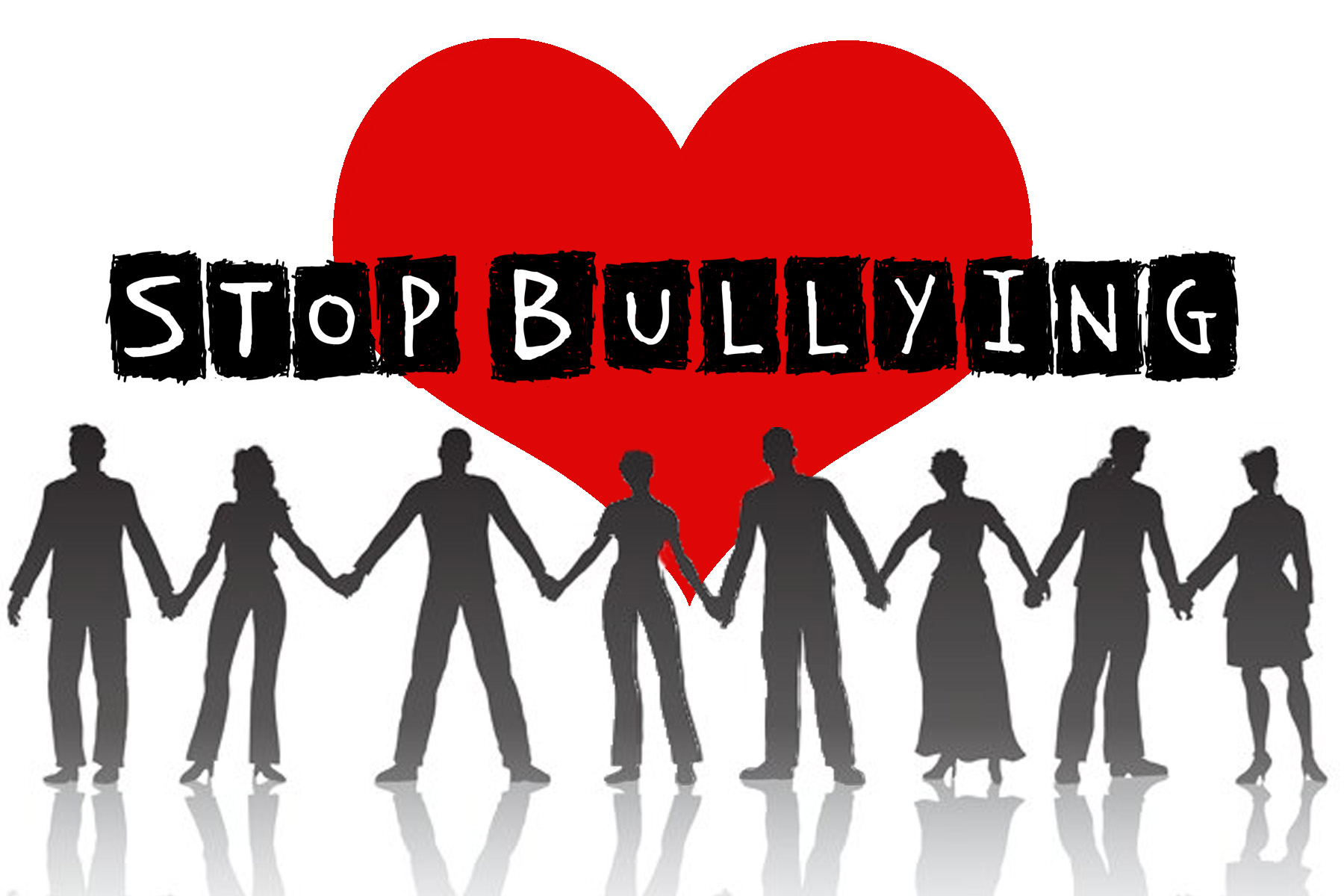Beaufort County School District Cracks Down On Bullying
It is the goal of the Beaufort County School District to create a safe learning environment for every child. The Beaufort County School District takes bullying very seriously. The policy on bullying states that any and all incidences of bullying should be reported immediately. Once an incident is reported, school administration will contact all parties associated with the bullying incident to make sure that all parties are aware of the policy against bullying and the consequences for continuing to bully. Incidents will be documented and the parents in all cases will be contacted. The consequences can be as simple as a warning and as serious as a recommendation for expulsion.
“If you SEE something, SAY something!” is their anti-bullying slogan. The BCSD makes it easy for anyone to report an incident of bullying, harassment or intimidation. One can call the BCSD bullying hotline at 843-322-2435 or choose to report via email at BCSDbullyinghotline@beaufortk12.sc.us. You may choose to include your name or remain completely anonymous.
What exactly is bullying? Wikipedia defines bullying as “the use of force, threat, or coercion to abuse, intimidate or aggressively dominate others. The behavior is often repeated and habitual. One essential prerequisite is the perception, by the bully or by others, of an imbalance of social or physical power, which distinguishes bullying from conflict. Behaviors used to assert such domination can include verbal harassment or threat, physical assault or coercion, and such acts may be directed repeatedly towards particular targets. Rationalizations of such behavior sometimes include differences of social class, race, religion, gender, sexual orientation, appearance, behavior, body language, personality, reputation, lineage, strength, size or ability.”
There are 4 main types of bullying. Verbal bullying is saying or writing mean things. This includes teasing, taunting, and name calling. Social bullying involves hurting someone’s reputation or relationships. Examples include leaving someone out on purpose, spreading rumors about someone, and telling other children not to be friends with someone. Physical bullying is hurting a person’s body or their possessions. Hitting, kicking and breaking someone’s things are all examples of physical bullying. The newest form of bullying is cyberbullying. It includes sending, posting, or sharing negative, harmful, false or mean content about someone.
The American Academy of Pediatrics calls cyberbullying the most common online risk for all teens. It is deliberately using digital media such as cell phones, computers and tablets to communicate false, emarrassing or hostile information about or to another person. The most common places where cyberbullying occurs is social media, text messaging and email. It began in the early to mid 90’s when AOL was launched and web surfing first became popular. Today, you will be hard pressed to find a student that doesn’t have access to a cell phone, computer or tablet. According to cyberbullying statistics from the i-SAFE Foundation, over half of adolescents and teens have been bullied online, and about the same number admitted to having engaged in cyberbullying.
There are many types of cyberbullying. Here are a few examples:
• Gossip: Posting or sending cruel gossip to damage a person’s reputation and relationships with friends and family.
• Exclusion: Deliberately excluding someone from an online group.
• Impersonation: Breaking into someone’s email or other online account and sending messages that will cause embarrassment or damage to the person’s reputation and affect his or her relationship with others.
• Harassment: Repeatedly posting or sending offensive, rude, and insulting messages.
• Cyberstalking: Posting or sending unwanted or intimidating messages that may also include threats.
• Flaming: Online fights where offensive messages are posted on websites, forums, or blogs.
• Outing and Trickery: Tricking someone into revealing secrets or embarrassing information which is then shared online.
• Cyberthreats: Remarks on the internet threatening or implying violent behavior or displaying suicidal tendencies.
Victims can have very negative effects from bullying such as depression, withdrawal, addiction, self harm and even suicide. So how do you know if your child is being bullied? Parents are often unaware that their child is a victim of a bully, but there are warning signs that you can be aware of. Here are 5 of them…
1. Unexplained Injuries: Look for bruises, cuts or scratches that cannot be a result of normal play or regular activities. Victims are often shoved, tripped or pushed to the ground.
2. Changes in Appetite: If your child suddenly loses his or her appetite, or comes home hungry as if they haven’t had any food all day even though you packed a lunch, he or she could be a victim of bullying. There may be another child at school that is stealing their lunch or lunch money. Or maybe your child hides during lunch in order to avoid a confrontation with a bully.
3. Frequent Sick Days: Some victims try to avoid going to school at all. If your normally healthy child suddenly often complains of being sick, typically right before school, there is a chance that someone at school is bullying them.
4. Missing Personal Items: Bullying is not just physical or verbal abuse. Stealing and intimidation are other forms of bullying. If your child is normally responsible but is suddenly losing or coming home with destroyed belongings, they may be suffering from intimidation.
5. Suffering Grades: Something isn’t quite right when a decent student suddenly, and without explanation, loses interest in doing well at school. Victims of bullying oftentimes withdraw fom activities that they once found pleasurable.




